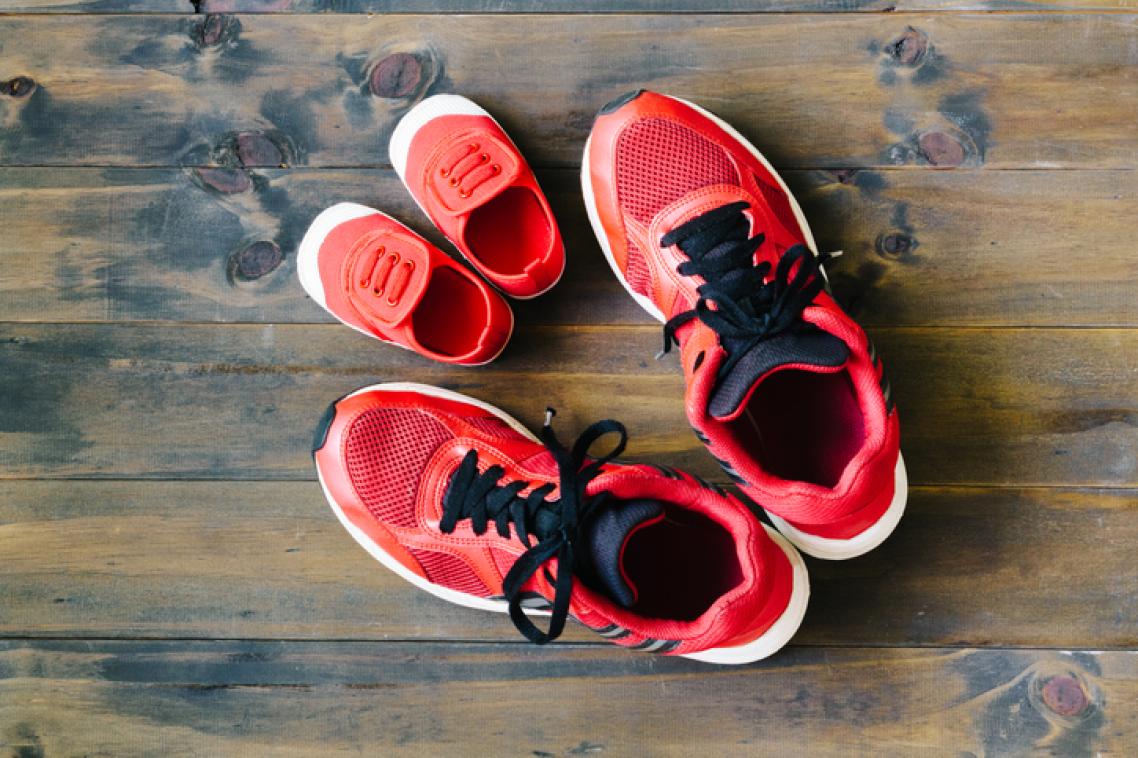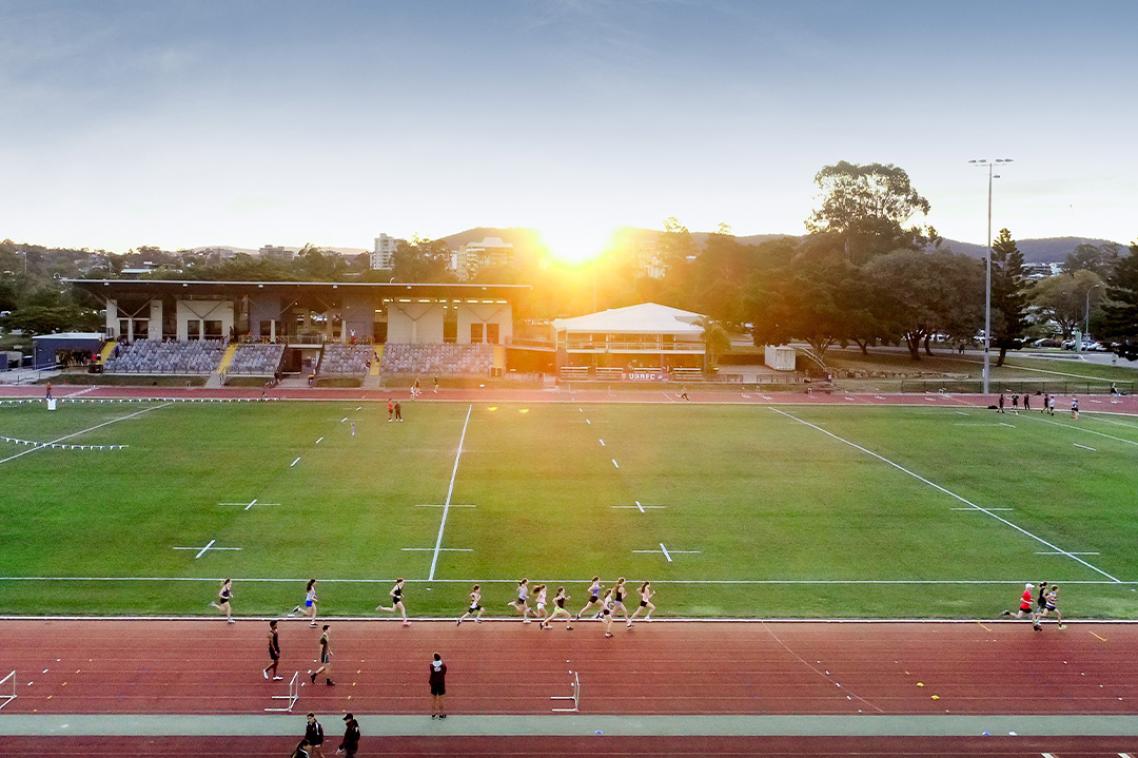Trying to conceive? It’s an exercise in fertility

Exercise may improve a woman’s chances of falling pregnant, a University of Queensland study has found.
Dr Gabriela Mena, from UQ’s School of Human Movement and Nutrition Sciences, analysed research on reproductive health and exercise from the last two decades.
“When physical activity was compared with standard fertility treatments, such as IVF or ovulation induction, there was no difference in pregnancy rates and live births between women exercising and those undertaking fertility treatments,” Dr Mena said.
“This suggests that physical activity may be as effective as commonly-used fertility treatments, and could be an affordable and feasible alternative or complementary therapy to these very expensive treatments.
“We also found higher pregnancy and live births rates for women who were physically active than women not undertaking exercise or undergoing fertility treatments.”
Dr Mena said no particular type of exercise was identified as better than any other.
“There were different types of physical activity in the studies reviewed, such as aerobic training alone or in conjunction with strength training, but even moderate increases in physical activity—such as increasing the step counts—seemed to improve reproductive health outcomes,” she said.
“We believe that a combination of aerobic and resistance training is good for improving reproductive health, but it is difficult to recommend a particular type of exercise at this stage.
“There is still a need for more studies that focus on physical activity in women who have problems with fertility.
“Studies with different types of exercise, intensity and duration are required in order to find the optimal ‘dose’ or prescription of physical activity.
“We also need more evidence about women experiencing problems with fertility on whether they will exercise—can they do it? Will they do it? And if so, what would they like to do? – my future research aims to answer these questions.”
The study is published in Human Reproduction Update, and was co-authored by Professor Wendy Brown and Dr Gregore Iven Mielke.
Media: Dani Nash, UQ Communications, habs.media@uq.edu.au, +61 7 3346 3035.
Topics
Related articles

UQ hosts global summit: harnessing the power of sport for innovation

UQ’s Poche Centre celebrates a decade of work to help close the gap in Indigenous health
Media contact
UQ Communications
communications@uq.edu.au
+61 429 056 139
